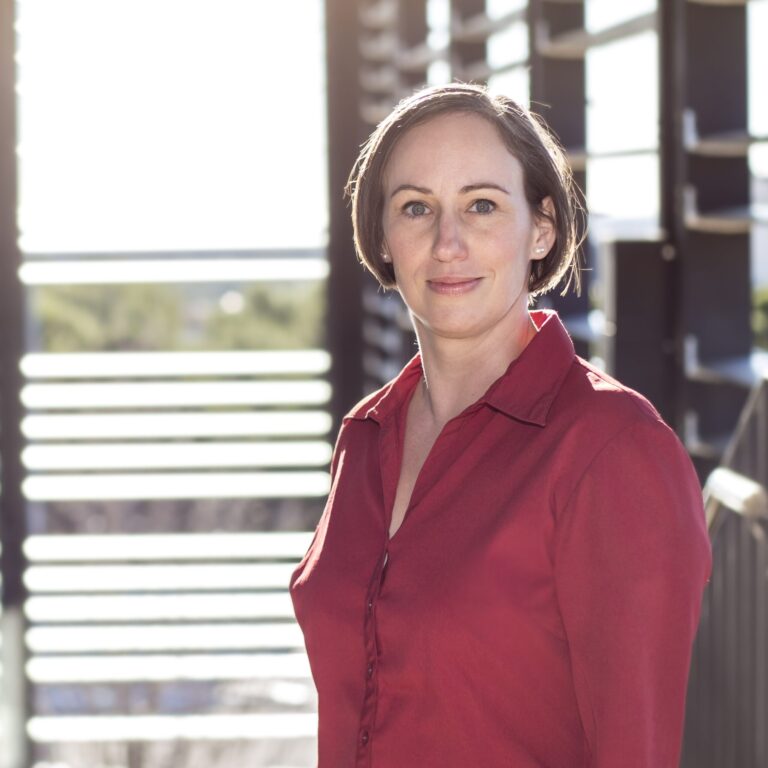
Exciting News: A/Prof Erin Morton Joins the Don’t Sweat It Team!
We’re thrilled to announce that A/Prof Erin Morton is joining the Don’t Sweat It team! 🎉 Erin is a powerhouse in the world of medical
Shelly got mood swings and hot flushes when she hit Peri. For me, it was the floods. I’m talking periods from hell.
I love my Mirena. I had the first one put in when my youngest, Jade was born when I was 28. I asked for a Mirena and I’ve had it changed every five years since. Until age 48, I didn’t have a period. So despite being vegetarian, I never had an iron issue and never needed a supplement. And then everything changed…
At 48, I started getting a light period despite that Mirena. By 53, my uterus was having conniptions. I’d only had my Mirena changed at 52 so it should’ve been preventing this issue. I had to see a gynaecologist and get it sorted.
During Perimenopause, the ovaries can initially make too much oestrogen but over time, they begin to make less oestrogen. Ovulation is sporadic. In your 40s, your periods may be shorter or longer and the cycle can get longer, shorter or a mix of both. Your bleeding may change, too. For some, it starts to peter out and some may start skipping periods altogether. It may be heavier, too.
And what do I mean by heavy?
The average volume of blood lost during a period is a mere 30ml. Blood loss over 80ml is considered abnormal, and we doctors call that menorrhagia. If it keeps happening, it often leads to iron deficiency anaemia. Add that to your other Peri symptoms and anaemia is a killer.
Let’s look at the stats.
The usual figure has been that one third of Peri women get menorrhagia. But a 2014 study of 1,300 women aged between 42 and 52 found it was more common than that. A shocking 91% of the women studied had a period that lasted 10 or more days between one and three times in the past few years, and close to 78% recorded three or more days of heavy flow.
So what do you do?
See your doctor! You’ll have a CST (previously called a Pap test), an exam and an ultrasound.
In Peri women, over half of them bleed heavily due to a medical problem if they’re examined via an ultrasound. The most common conditions are benign, like polyps and fibroids, both of which peak in women aged 40 to 50.
You’ll also need to rule out cancer of the uterine lining (known as Endometrial Cancer). Although this is uncommon (the numbers come in at 1 in 1000 women), we don’t want to miss it. While we can see it in Perimenopause, it is more commonly associated with postmenopausal bleeding.
Now, about that flooding at work…
Perimenopausal women have unpredictable periods and they can start day one with a flood. It’s often super embarrassing and very awkward if you get caught in the bathroom miles from your desk without a pad, tampon or moon cup.
That’s why stocking your bathrooms with sanitary products is such a wonderful thing for women, as is configuring your layout so desks are not too far from the bathroom. And a woman with menorrhagia is going to need a few medical tests and treatments which may fall within business hours. It’s a manager’s understanding that’s going to make all the difference.

We’re thrilled to announce that A/Prof Erin Morton is joining the Don’t Sweat It team! 🎉 Erin is a powerhouse in the world of medical

It’s about saving your health- and preventing dementia! Lots of people think that “just a few hot sweats” are a minor issue. Why get treated?

Dr Louise Newson, one of the UK’s top menopause specialists, believes medical misogyny is to blame for the poor treatment of menopausal anxiety and depression.
Enter your details to stay up-to-date on everything peri and menopause.
© 2025 Copyright Don’t Sweat It